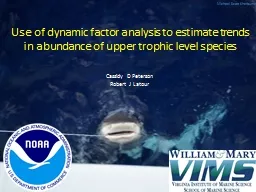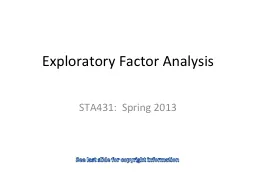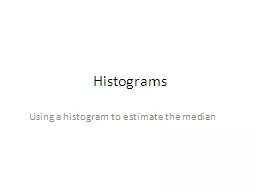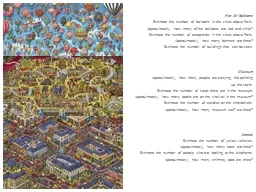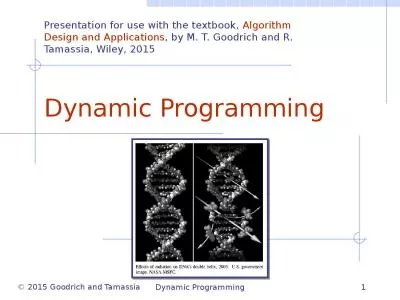PPT-Use of dynamic factor analysis to estimate trends in abunda
Author : olivia-moreira | Published Date : 2017-06-03
Michael Scott Sherburne Cassidy D Peterson Robert J Latour Background Shark population declines 1970s 1990s Increased commercial and recreational fishery Kselected
Presentation Embed Code
Download Presentation
Download Presentation The PPT/PDF document "Use of dynamic factor analysis to estima..." is the property of its rightful owner. Permission is granted to download and print the materials on this website for personal, non-commercial use only, and to display it on your personal computer provided you do not modify the materials and that you retain all copyright notices contained in the materials. By downloading content from our website, you accept the terms of this agreement.
Use of dynamic factor analysis to estimate trends in abunda: Transcript
Download Rules Of Document
"Use of dynamic factor analysis to estimate trends in abunda"The content belongs to its owner. You may download and print it for personal use, without modification, and keep all copyright notices. By downloading, you agree to these terms.
Related Documents

